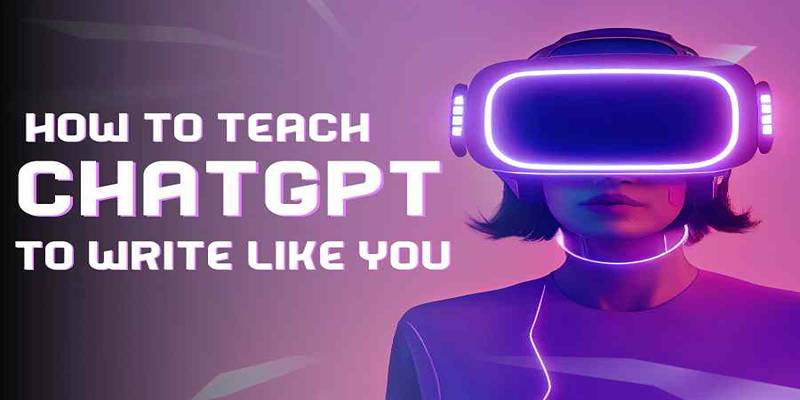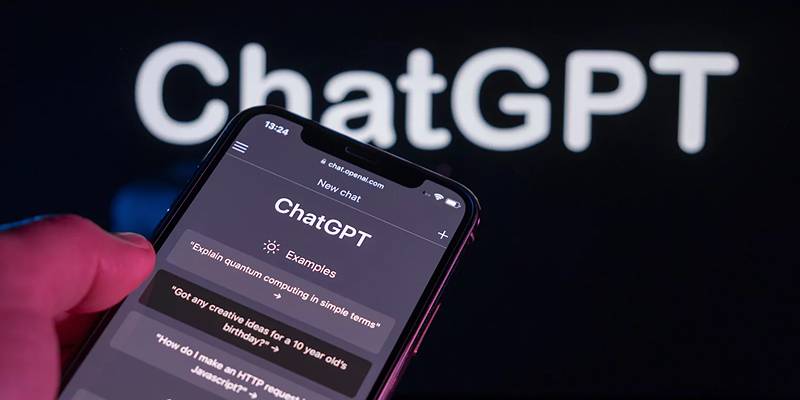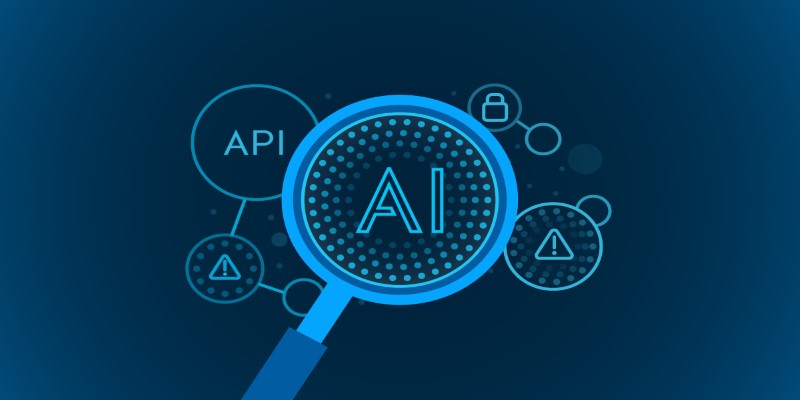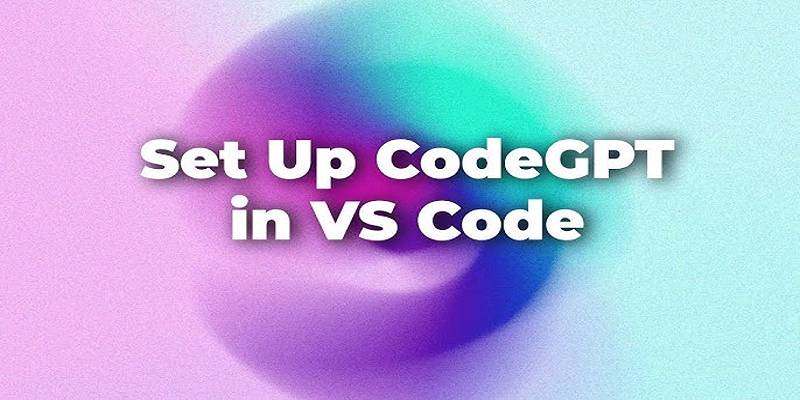Advertisement
In a world where online AI chatbots dominate the landscape, local alternatives are beginning to change the conversation. One such tool that stands out is GPT4All, a powerful yet accessible solution for anyone who wants to experience the capabilities of large language models (LLMs) without relying on cloud services. Designed to work fully offline, GPT4All allows users to run a ChatGPT-like experience directly on their Windows machines—completely free of charge.
GPT4All has emerged as one of the most practical options for users interested in privacy, cost-efficiency, and independence from online AI infrastructure. With minimal setup, this tool turns any compatible Windows PC into a private AI assistant, capable of answering queries, analyzing documents, and generating human-like text—without any reliance on OpenAI servers or paid APIs.
GPT4All isn’t just another ChatGPT alternative—it’s a powerful local AI framework designed for privacy, customization, and offline usability. Below are some of GPT4All's standout features:
Installing GPT4All on a Windows machine is simple and requires no programming or machine learning background. The entire process is user-friendly and typically takes only a few minutes.
To begin, users should visit the official GPT4All website and download the Windows installer in .exe format. This file contains the base application and initiates the setup process with just a double-click. It’s recommended to save the file in an easily accessible location, such as the desktop or downloads folder, for quick access during setup.
Once launched, the installation wizard will guide users through basic steps such as choosing an installation folder and confirming system permissions. The process is similar to installing any standard Windows application.

During installation, GPT4All will automatically download supporting files necessary for the application to function properly. These include core components, user interface elements, and backend tools that support model loading and interaction.
It’s essential to ensure the installer has access to the internet, as blocking it through a firewall or antivirus can prevent successful installation. Allowing these downloads ensures the app launches without issues on the first run.
After installation, users are prompted to select a language model from a list provided within the application. These models are the core of the AI engine and vary in size, complexity, and resource demand. Each model includes details like download size and system requirements, helping users make an informed choice that fits their computer’s capabilities.
Downloading a model may take several minutes, depending on its size and the user’s connection speed. GPT4All clearly labels each model with performance information to help users choose based on their system’s capacity.
Once a model is installed, users can begin interacting with the chatbot in a clean, easy-to-use interface. All conversations are processed directly on the device, eliminating the need for cloud services.
Because the chatbot runs offline after setup, it’s not affected by internet outages or external server downtimes, providing consistent performance whenever needed.
GPT4All provides a clean and user-friendly interface. At the top of the window, a dropdown allows users to switch between installed models. A sidebar offers control over chat sessions, updates, model management, and document integration.
The Settings panel is where GPT4All’s customization options shine. Users can:
These options allow users to tailor the chatbot’s performance based on their system’s capabilities and personal preferences.
GPT4All is engineered to be efficient, but performance varies based on hardware. While it runs on most modern CPUs, larger models and document-intensive prompts may slow down response generation. Adding a GPU can significantly improve speed, especially for tasks involving larger context windows or multiple document sources.
Models with better optimization for Nvidia GPUs often yield faster inference times, but GPT4All does not require CUDA or proprietary hardware to function. It is accessible to most users with consumer-grade computers.

GPT4All provides access to a range of open-source models, including some labeled as "unfiltered" or "unrestricted." These models operate with fewer content limitations, which may lead to more candid or creative responses. However, this freedom comes with responsibility. Some responses may lack moderation, so it’s important for users—especially in educational or professional settings—to apply discretion and review outputs carefully.
The developers of GPT4All have made it clear that while the tool is powerful, users must be accountable for how it is used and what content it generates.
GPT4All transforms a regular Windows PC into a self-contained AI assistant, offering an impressive mix of privacy, customization, and functionality. By enabling offline operation, document integration, and local control over AI models, it delivers a user-centric alternative to cloud-based tools like ChatGPT.
While it may not replicate every aspect of GPT-4’s depth or speed, GPT4All proves that AI doesn’t have to be tethered to the internet or locked behind a paywall. It empowers users to experiment, learn, and work more efficiently—with full control over their data.

Discover 8 effective ChatGPT prompt strategies that help reduce digital distractions and improve daily focus and clarity.

Worried about how ChatGPT handles your data? Learn how to stop your conversations from being used to train AI models and manage your privacy settings effectively

Learn how to train ChatGPT to match your writing style by using samples, structure, and style cues for accurate results.

Explore how 10 top tech leaders view artificial intelligence, its impact, risks, and the future of innovation in AI.

Many users say ChatGPT feels less intelligent, but OpenAI insists the AI model is smarter and safer with every new update.

Wondering how to tell if content was written by ChatGPT? Discover four reliable AI-checking tools designed to help teachers, lecturers, and team leaders identify AI-generated writing with ease

Learn how to install and use CodeGPT in Visual Studio Code to enhance coding efficiency and get AI-driven suggestions.

How Visa AI Shopping Agents are transforming the online shopping experience with smarter, faster, and more personal assistance at check-out

How is Higgsfield revolutionizing AI video creation? Learn about its fast, personality-driven videos perfect for social media, and how it compares to tools like Sora

Need to remove an image background in seconds? Learn how Erase.bg makes it quick and easy to clean up product photos, profile pictures, and more with no downloads required

Learn how ChatGPT token limits affect input, output, and performance—and how to manage usage without exceeding the cap.

Discover 11 effective ChatGPT strategies authors can use to create detailed, consistent, and dynamic book characters.